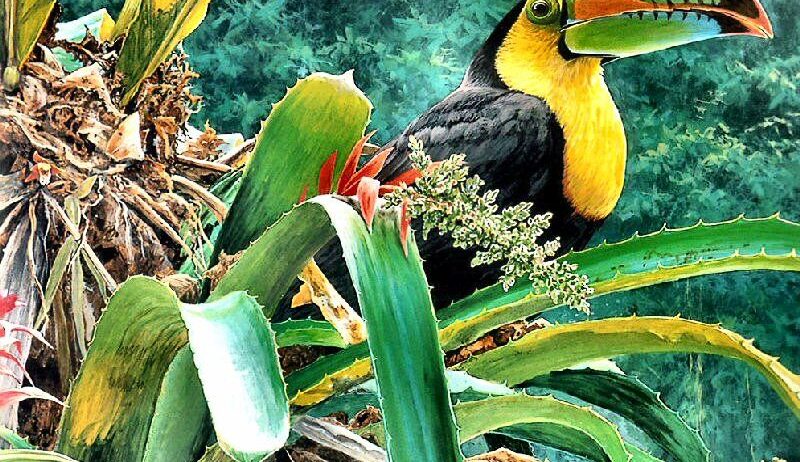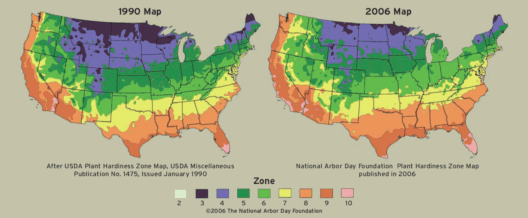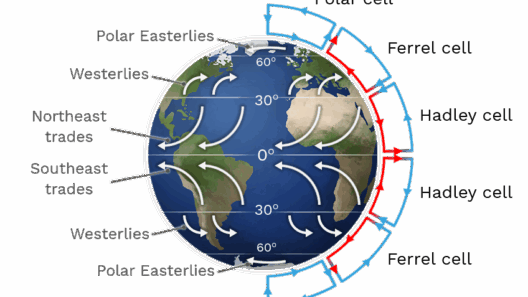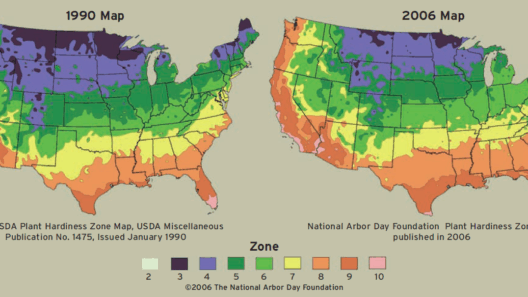As the planet continues its relentless journey into the abyss of climate change, the delicate tapestry of terrestrial ecosystems is being irrevocably altered. From the alluring Arctic blooms to the lush Rainforest riches, plants serve as the sinews of our life-sustaining web. They invite us to witness their splendor, yet they are now embroiled in a grave struggle against global warming. This discourse seeks to unravel the implications of climate change on these crucial vegetative communities across different biomes.
The Arctic, often dubbed the world’s refrigerator, is undergoing unprecedented transformations. Indigenous species, like the Arctic poppy and moss campion, flourish in this frigid expanse, relying on unique adaptations to endure extreme cold. However, rising temperatures are entrenching a paradigm shift. As the thermometers ascend, the Arctic is yielding to the encroachment of temperate flora, threatening the integrity of these specialized plant species. The delicate balance of this ecosystem hangs in jeopardy, and the resultant shifts incite a cascade of ecological consequences. Snow cover diminishes, which, in turn, disrupts the permafrost that was once an impermeable fortress. The thaw unveils dormant seeds, inviting them into a race against time where they must compete against the unyielding march of invasive species. This intrusion does not merely represent a shift in appearance; it signifies a depletion of biodiversity, with cascading effects on the Arctic’s herbivores and, by extension, the dependents that rely on them.
As one traverses southward, the verdant grandeur of rainforests unfolds—a contrasting yet equally vulnerable realm. These biomes, often referred to as the lungs of the Earth, harbor extraordinary biodiversity in their canopied architectures. However, rising temperatures and shifting rainfall patterns unspool the intricate relationships between flora and fauna. Organs of seed dispersal and pollination are facing disarray as the timing of blooming and animal activity begins to misalign. The once-cohesive symphony of these ecosystems is now marred by discord; certain plant species bloom too early or too late, leaving pollinators and seed dispersers without sustenance. As this turmoil unfolds, the iconic giant sequoias and flamboyant orchids might tell tales of their plight. They, too, stand amidst the upheaval, advocating for their survival in a hostile milieu.
Moreover, the act of deforestation—largely driven by agriculture and urbanization—exacerbates vulnerabilities in these tropical ecosystems. As trees succumb to chainsaws and bulldozers, the entire forest structure transforms, leading to a loss of habitat. This metamorphosis can trigger dramatic microclimates, altering soil composition and water retention. Endemic species, the plant communities that have thrived for eons, falter under these abrupt changes, while opportunistic weeds flourish in the disarray. Herein lies a stark metaphor: the mighty titan that is the rainforest can crumble to ash under the weight of avarice and neglect, its riches spiraling into oblivion.
Transitioning between these zones raises the question of adaptation: are plants equipped to face this onslaught? The resilience of flora can be formidable. Some species exhibit a remarkable ability to endure drought, heat stress, and changing soil conditions, employing ingenious survival strategies such as altered phenology or root system adaptations. Yet, the rapidity of current climate shifts casts a shadow over these capabilities. The pace at which global warming is manifesting is no longer a slow ebb but rather a turbulent tide that indelibly alters the landscape. The answer is nuanced; while some species adapt, many others succumb to the climatic pressures, accentuating the fragility of ecosystem interdependencies.
In the quest to stem the tide of plant loss, the implications of conservation become focal. Integrated conservation strategies that encompass both habitat protection and the restoration of degraded areas are pivotal. These methodologies aim to create resilient ecosystems capable of withstanding climatic perturbations. Community engagement and indigenous practices should intertwine with modern scientific approaches, allowing for more cogent and relevant interventions. The concept of “rewilding” has emerged as a potential path forward—returning lands to their natural states and facilitating the return of native plant species before they fade into obscurity.
As we stand at this critical juncture, it becomes clear that our actions will reverberate through time. Plants, whether gazing at the sun in the Arctic or thriving in the bowels of the rainforest, symbolize life’s interconnected fabric. They are more than mere organisms; they represent resilience, adaptability, and the intricate dance of ecosystems. Yet, with climate change unfurling its formidable mantle, the call for action grows increasingly urgent. Each native plant lost represents a silent mellifluous note extinguished from nature’s grand orchestra.
In the grand tapestry of Earth’s biodiversity, every thread is significant. Our stewardship of these ecosystems necessitates immediate attention and informed action. By protecting the flourishing blooms of the Arctic and preserving the rich tapestry of the rainforest, we take a consequential step toward a sustainable future. The time to act is now—before the songs of our planet’s verdant riches are silenced, and their stories become mere echoes of what once was.








